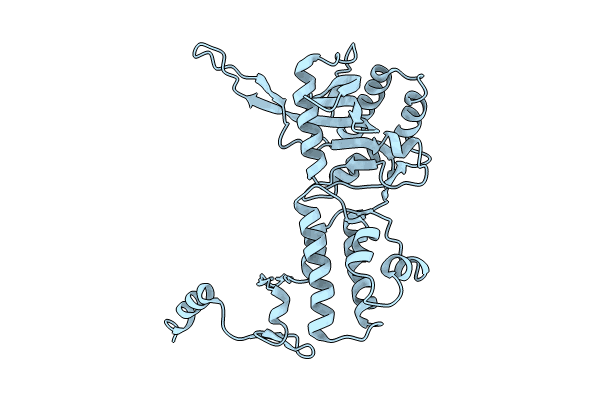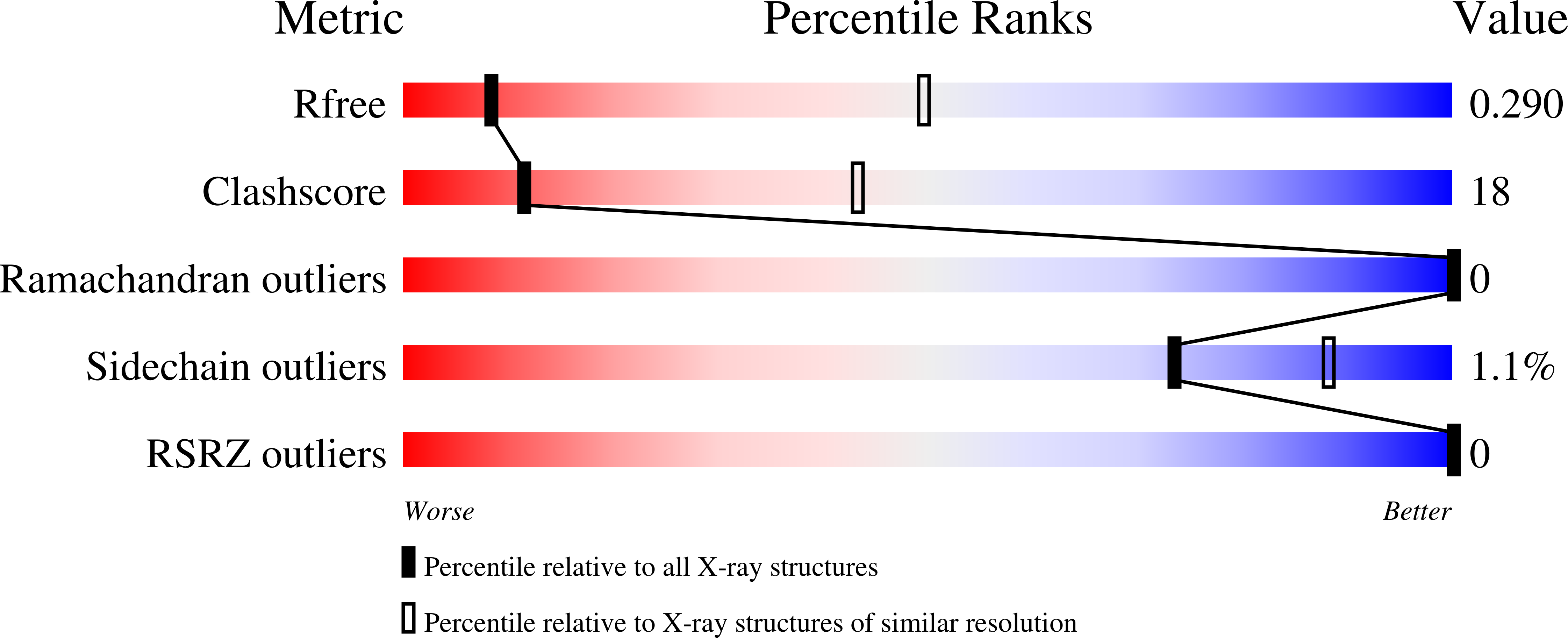
Deposition Date
2024-04-13
Release Date
2024-05-15
Last Version Date
2024-07-24
Entry Detail
PDB ID:
9BE2
Keywords:
Title:
Structure of the E. coli nucleic associated protein, YejK
Biological Source:
Source Organism:
Escherichia coli (Taxon ID: 562)
Host Organism:
Method Details:
Experimental Method:
Resolution:
3.56 Å
R-Value Free:
0.29
R-Value Work:
0.27
R-Value Observed:
0.27
Space Group:
P 43 2 2


